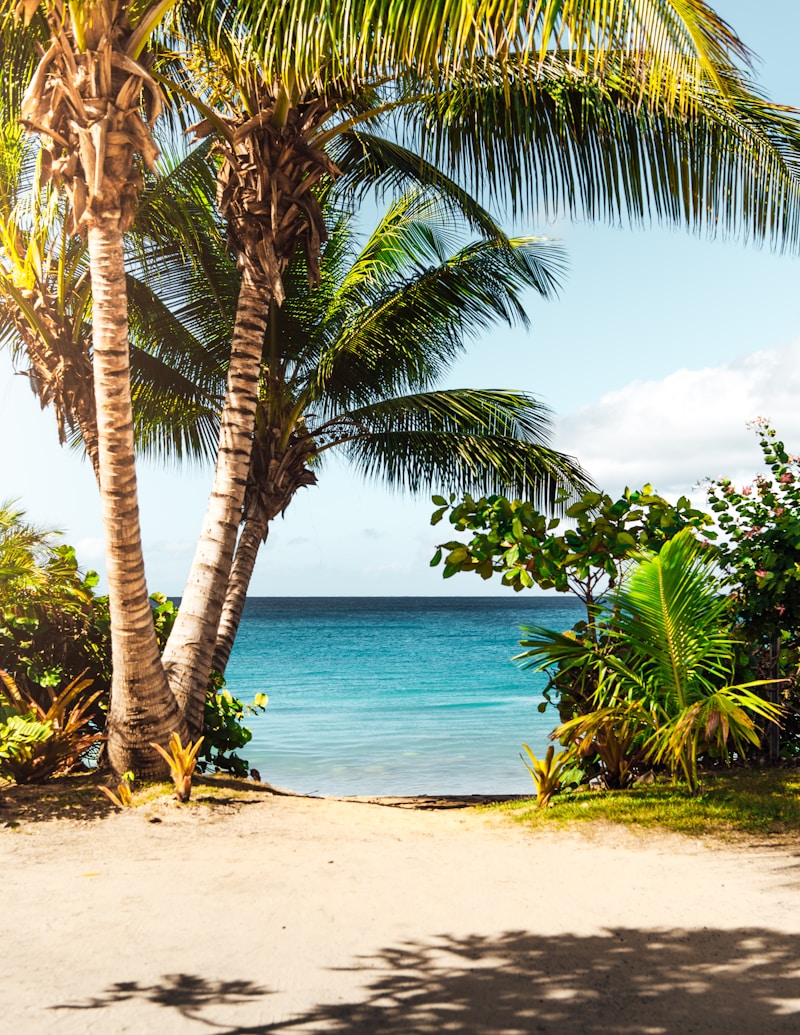The Tahitian People
Masters of Ori Tahiti Dance - Black Pearl Cultivators - Heart of French Polynesia
Who Are the Tahitians?
The Tahitian people, known as Ma'ohi, are the indigenous Polynesian inhabitants of Tahiti and the Society Islands in French Polynesia. With a population of approximately 190,000, they represent the cultural and demographic center of French Polynesia. The Tahitians are renowned worldwide for their vibrant Ori Tahiti dance tradition, which combines powerful hip movements with graceful hand gestures to tell stories of gods, legends, and daily life. Their culture is deeply connected to the ocean, producing the world's finest black pearls through sophisticated cultivation techniques in pristine lagoons. Tahitian society traditionally centered on chiefs (ari'i), priests, and commoners, with complex social hierarchies and spiritual beliefs involving gods like Oro (war), Ta'aroa (creator), and Hina (moon goddess). Despite French colonization in the 1880s, Tahitians have maintained their language, customs, and strong cultural identity while navigating the complexities of modern life in a French overseas territory.
Ancient Society and Navigation Heritage
The Tahitian ancestors arrived in the Society Islands around 300 CE during the great Polynesian migration, navigating thousands of miles using sophisticated wayfinding techniques reading stars, waves, and birds. Ancient Tahitian society was stratified into ari'i (chiefs who claimed divine descent), ra'atira (lesser chiefs and landowners), manahune (commoners), and priests who maintained oral histories and religious ceremonies. The islands were divided into chiefdoms that frequently competed but shared cultural practices. Tahitians built impressive marae—stone platforms serving as temples and ceremonial centers—where priests conducted rituals, sacrifices, and invoked the gods. The largest, Marae Taputapuatea on Ra'iatea, was considered the religious center of eastern Polynesia.
Ori Tahiti: The Dance of Life
Ori Tahiti dance is the soul of Tahitian cultural expression, featuring the iconic 'aparima (hand dance telling stories), ote'a (fast-paced drum dance with powerful hip movements), and hivinau (circular group dance). Dancers train for years to master the rapid hip rotations (fa'arapu) that can exceed 100 movements per minute. Traditional percussion includes the pahu (standing drum), to'ere (slit drum), and fa'atete (smaller hand drum). While French colonial authorities banned these dances in the 1820s as "indecent," Tahitians preserved them secretly and they experienced a powerful revival in the 1950s. Today, the annual Heiva i Tahiti festival attracts thousands of spectators and showcases the highest level of traditional dance, chant, and sport competitions.
Ocean Culture and Pearl Farming
Tahitians have always been people of the ocean, masters of fishing, canoe-building, and ocean navigation. Traditional fishing employed stone fish traps, nets, spears, and knowledge of fish behavior and lunar cycles. The development of black pearl farming in the 1960s transformed the economy while drawing on traditional ocean knowledge. Pearl farmers carefully implant nuclei in black-lipped oysters and suspend them in lagoons for years, tending them with knowledge passed through generations. Tahitian pearls range from silver to deep black with overtones of green, blue, or purple. This sustainable aquaculture has made French Polynesia the world's leading source of cultured black pearls, providing livelihoods while protecting lagoon ecosystems.
Language and Artistic Traditions
The Tahitian language (Reo Tahiti) is a melodious Polynesian language with extensive vocabulary for ocean, navigation, and family relationships. While French is the official language, Tahitian remains widely spoken and has seen revival efforts in schools and media. Traditional tapa cloth (beaten bark) was decorated with intricate patterns using natural dyes. Tahitians excelled in wood carving, creating ti'i (tiki statues), canoe ornaments, and ceremonial items. Tattooing (tatau—which gave the world the word "tattoo") marked social status, genealogy, and spiritual protection, with designs covering men's bodies in geometric patterns. Himene (choral singing) blends Polynesian harmonies with missionary-introduced church music, creating a uniquely Tahitian vocal tradition performed at gatherings and competitions.
Modern Tahitian Life and Cultural Preservation
Contemporary Tahitians navigate dual identity as indigenous Polynesians and French citizens. While tourism drives the economy, creating opportunities and challenges, there's strong movement to preserve and promote Tahitian language, arts, and traditional knowledge. The Protestant and Catholic churches play major roles in community life, though traditional beliefs persist in practices and worldview. Nuclear testing at Moruroa atoll (1966-1996) remains controversial, with health and environmental concerns. Young Tahitians increasingly assert indigenous rights and environmental protection while engaging with global culture. Education in Tahitian language, traditional navigation revival programs, and cultural centers work to ensure Ma'ohi culture thrives into the future. The Tahitian tourism industry, centered on overwater bungalows and cultural experiences, provides economic opportunity while raising questions about cultural commodification and sustainability.
Image Gallery





